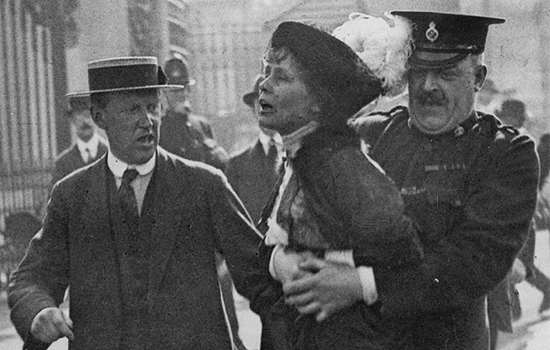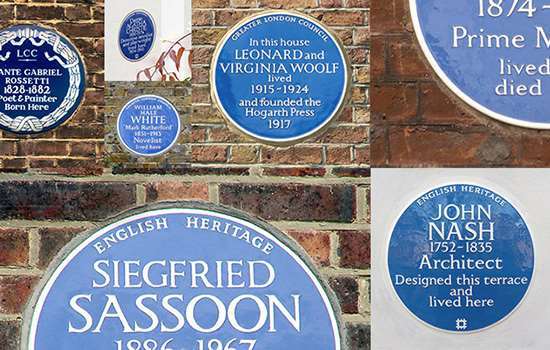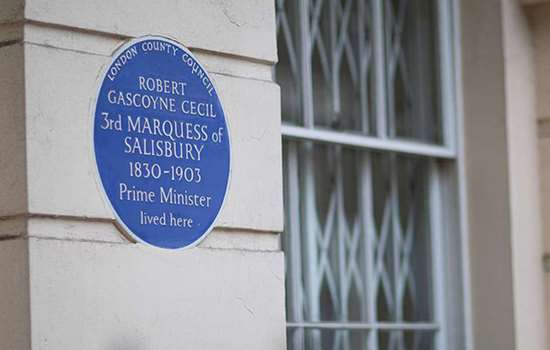VEREKER, John, Viscount Gort, V.C. (1886-1946)
Plaque erected in 2005 by English Heritage at 34 Belgrave Square, Belgravia, London, SW1X 8QB, City of Westminster
All images © English Heritage
Profession
Army Officer
Category
Armed Forces
Inscription
Field Marshal VISCOUNT GORT VC 1886-1946 Commander-in-Chief at Dunkirk lived here 1920-1926
Material
Ceramic
Field Marshal Viscount Gort VC (1886–1946), the Commander-in-Chief at Dunkirk, is commemorated at the house in Belgravia where he lived in the 1920s.
Early career
John Standish Surtees Prendergast Vereker, more familiarly known as Jack, was born in London. He succeeded as 6th Viscount Gort – an Irish peerage – on his father’s death in 1902.
After attending Harrow School and Sandhurst he entered the Grenadier Guards, and served as a staff officer in the First World War before transferring to front line command. In September 1918 he won the Victoria Cross for directing a stiffly opposed assault at the Canal du Nord while severely wounded. The episode earned him the nickname of ‘Tiger’ Gort; less flatteringly, he had earlier been known as ‘Fat Boy’.
Gort could appear an austere man, but never lost a taste for practical jokes. When he was running the Army’s staff college in the 1930s, a favourite was to put hosepipes under the bedroom doors of those who retired early on mess (social) nights.
His interwar service also featured tours of duty in China and India and culminated with his appointment in 1937 as Chief of the Imperial General Staff (CIGS). His time in this post was marred by his poor working relationship with Leslie Hore-Belisha, the Minister for War.
In command at Dunkirk
Gort was delighted to leave his desk at the War Office to be Commander-in-Chief of the British Expeditionary Force (BEF) to France. ‘Here we go again, marching to war’, he remarked on taking up the appointment in September 1939.
Caught out by a rapid German advance that threatened to encircle the British force, Gort withdrew towards the coast on 25 May 1940, disregarding orders to join French forces in a counter attack. This decision made the subsequent evacuation of some 340,000 British and French troops from Dunkirk possible.
In the circumstances, the wisdom of ordering a retreat is not widely held in doubt: the BEF would otherwise have been annihilated. But the overall failure of the mission led to a widespread belief that Gort was over-promoted. He was not helped, however, by the size of his force, the failings of his French and Belgian allies, poor communications and an uncertain chain of command.
Malta and other Mediterranean postings
‘Wars are not won by evacuations’, warned Winston Churchill, and Gort returned to England on orders, leading to an unfair perception that he had abandoned his troops on the beaches. He was relieved of his duties as Commander-in-Chief and, after a short spell overseeing training and the home guard, was appointed Governor of Gibraltar (1941–2). This was not a step up.
Gort’s reputation recovered thanks to his successful direction of the defence of the besieged island of Malta, then a British colony. As its Governor-General and Commander-in-Chief for a year from May 1942, he kept supply lines open and oversaw the distribution of scarce resources and rations. He enjoyed great popularity among Malta’s inhabitants, and his achievements saw him promoted to field marshal.
His last post was as High Commissioner and Commander-in-Chief of Palestine (1944–5). By this time, Gort was already ill with what turned out to be liver cancer, and he died in Guy’s Hospital, London, on 31 March 1946.
London homes
Gort kept a London base throughout his career. At the time of Dunkirk, this was 98 Mount Street, Mayfair, which was twice hit in the Blitz.
His blue plaque marks his home in the years from 1920 to 1926: 34 Belgrave Square – a grand three-storey stucco house, listed Grade I and built by the architect George Basevi.
Gort shared the house with his wife, Corinna, née Vereker (1891–1940), known as ‘Kotchy’, and their three children. Their departure was prompted by the couple’s divorce in 1925, following his wife’s affair with an official from the nearby Spanish embassy. Gort suffered a still worse personal tragedy when his only son, Charles, took his own life in 1941.
Ironically, the house now forms part of the German embassy. The English Heritage plaque was unveiled by Baron Hermann von Richthofen, a former German Ambassador in London.
Nearby Blue Plaques
More About Blue Plaques



